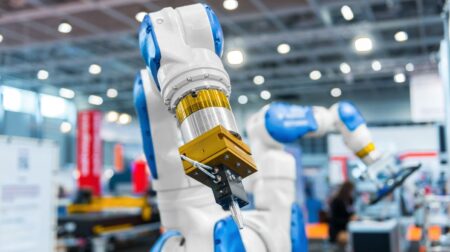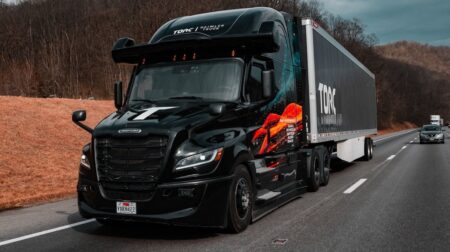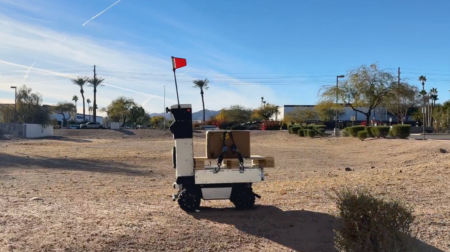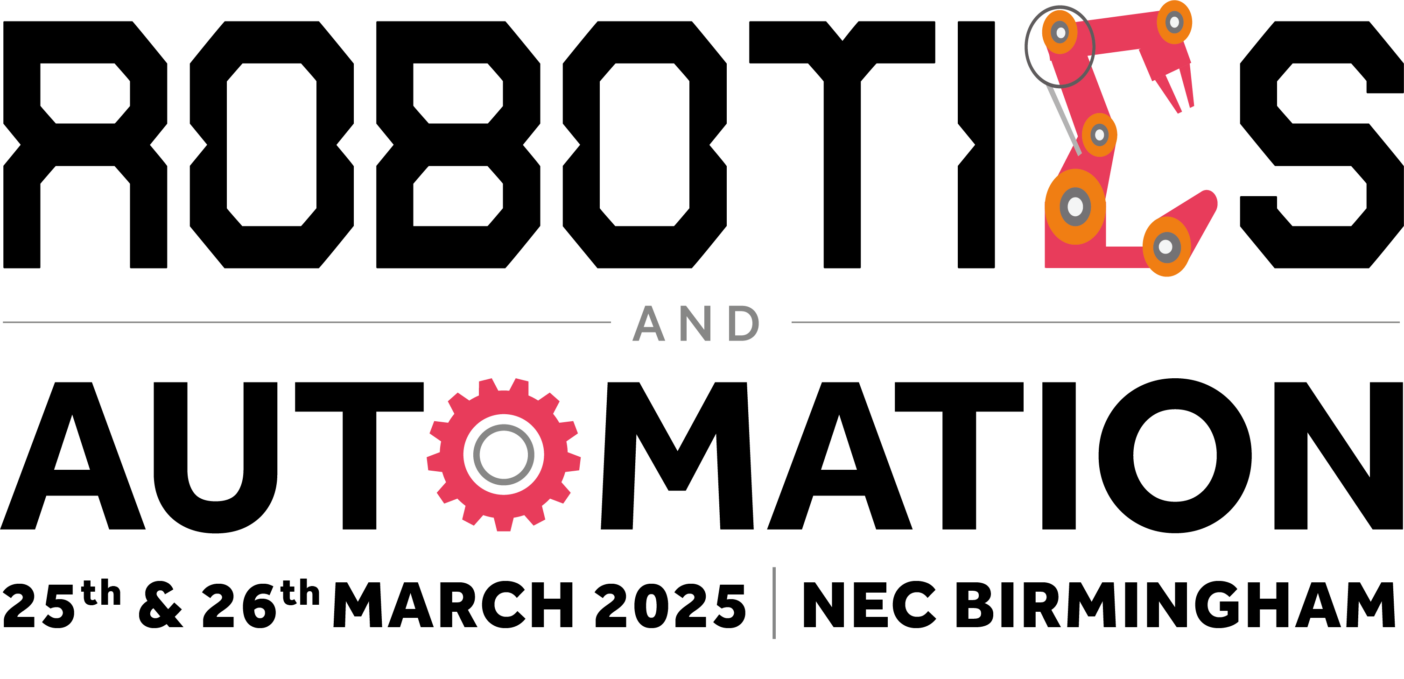Engineers at the Swiss Federal Institute of Technology (EPFL) have developed a control model enabling swarms of drones to avoid obstacles without hitting each other.
According to the project, by flying in a swarm unmanned aerial vehicles (UAVs) can cover large areas and collect a wide range of data with a variety of sensors. However, this method hasn’t been widely adopted as there is a risk of congestion within a swarm.
“In a drone swarm, when one drone changes its trajectory to avoid an obstacle, its neighbours automatically synchronise their movements accordingly,” explained Dario Floreano, a professor at EPFL’s school of engineering and head of the Laboratory of Intelligent Systems (LIS).
“But that often causes the swarm to slow down, generates gridlock within the swarm or even leads to collisions.”
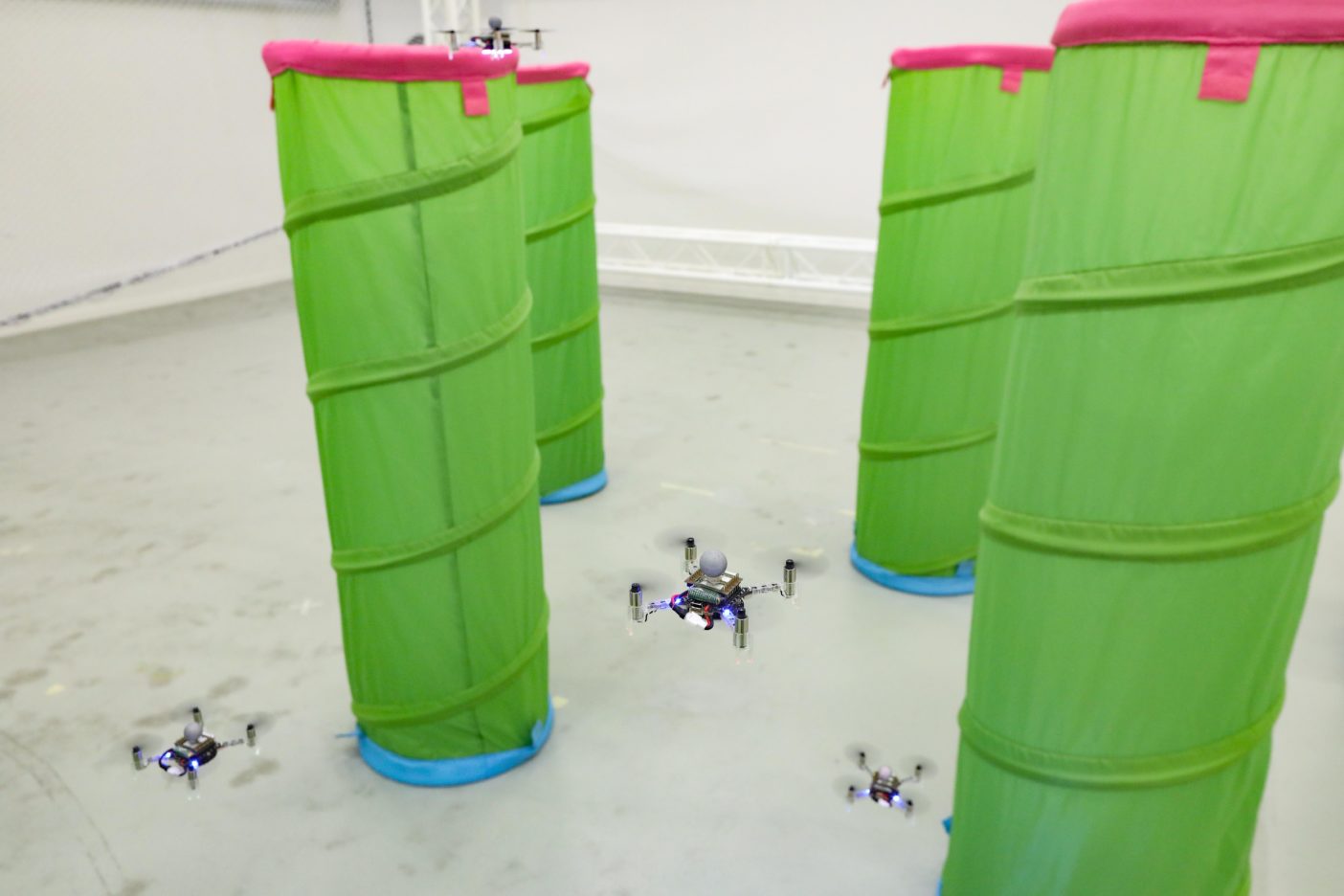
To eliminate this problem the team created a predictive control model that allows UAVs to not simply react to others in a swarm, but also to anticipate their own movements and predict those of their neighbours.
Enrica Soria, a PhD student at LIS, said: “Our model gives drones the ability to determine when a neighbour is about to slow down, meaning the slowdown has less of an effect on their own flight.”
The model works by programming in locally controlled, simple rules, such as a minimum inter-agent distance to maintain, a set velocity to keep, or a specific direction to follow.
With this model UAVs are much less dependent on commands issued by a central computer, they can be controlled using local information and can modify their trajectories autonomously.
Trials at LIS highlighted that the system improves the speed, order and safety of UAV swarms in areas with a lot of obstacles. The results of the study have recently been published in Nature Machine Intelligence.

